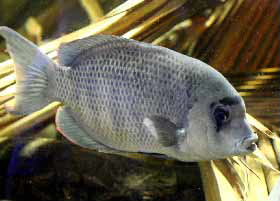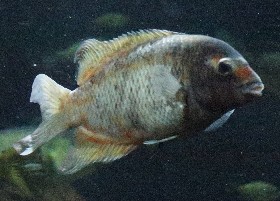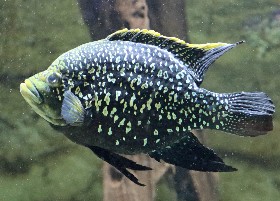Damba Cichlids Paretroplus/Ptychochromis



As Madagascar's forest and freshwater habitats continue to be destroyed, many wildlife species are
threatened or facing extinction, including fish. Above right shows the Damba Mipentina cichlid, Paretroplus maculatus,
with its distinguishing black spot on the flank, which is one of those critically endangered. It grows to 30cm (1 foot) long and
was native to floodplain lakes of northwestern Madagascar but has sufferend habitat loss, overfishing and invasive species and is
now confined to only one lake of less than 100 sq m.
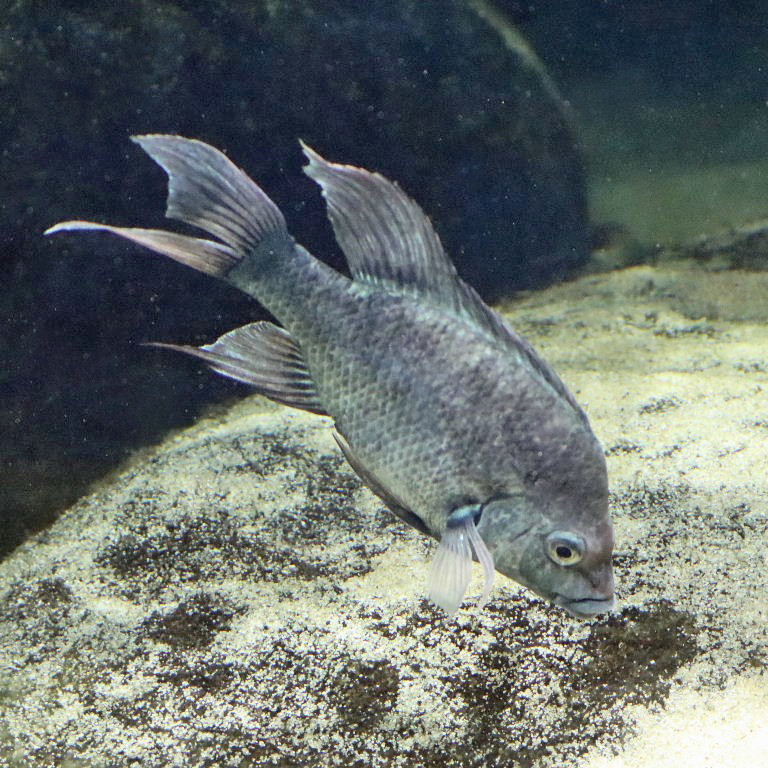


The Mangarahara cichlid, Ptychochromis insolitus/mangarahara, above, with the male's flowing red-edged fins,
was first described as a new species in 2006, native to two rivers in northern Madagascar. It grows to 25cm long.
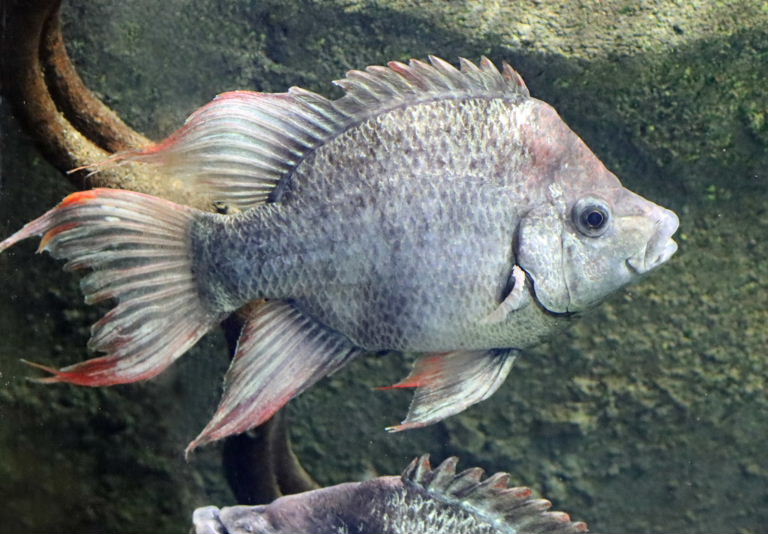
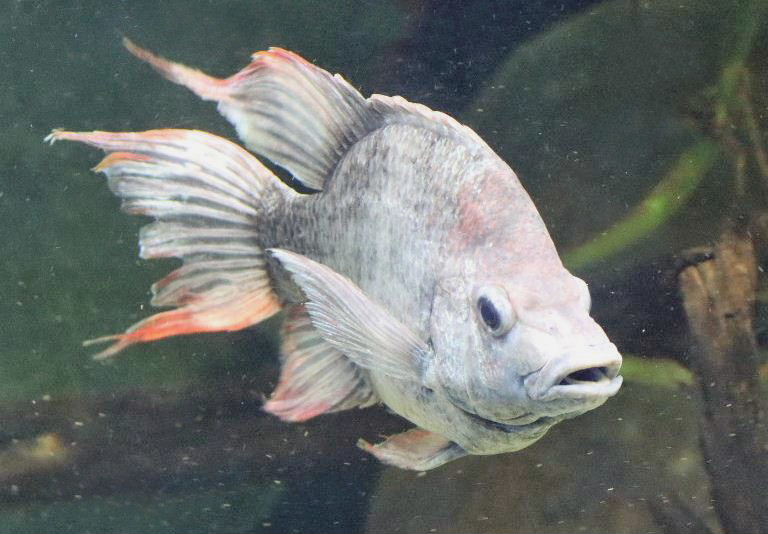

Damming of the river and crop irrigation caused much of their former habitat to dry up and they were then
thought to be extinct in the wild.
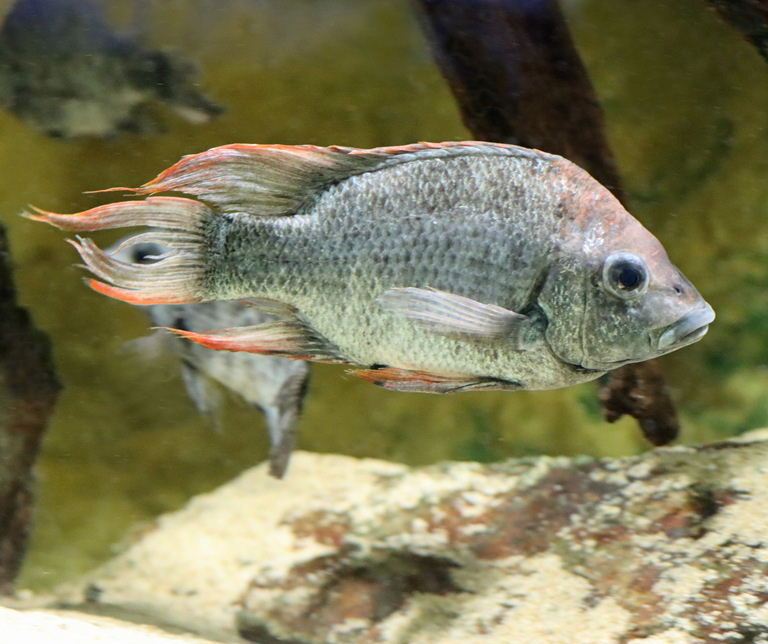
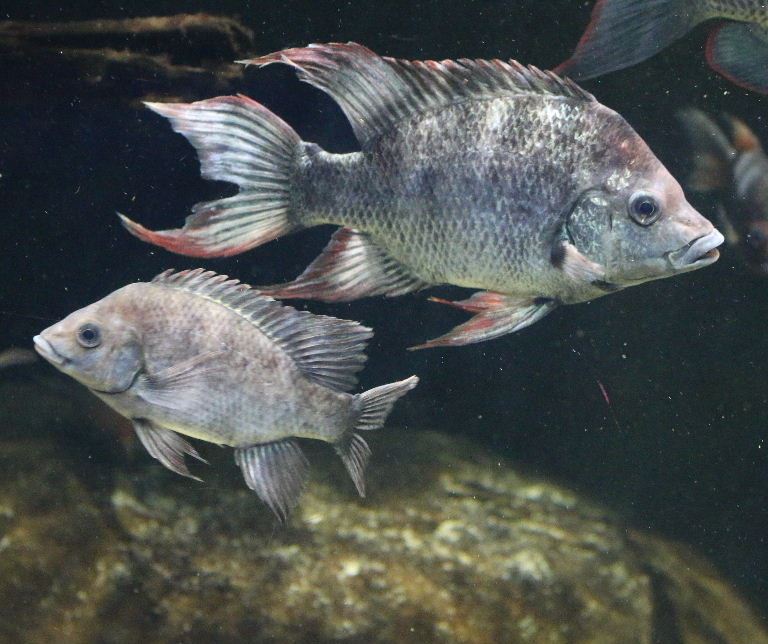
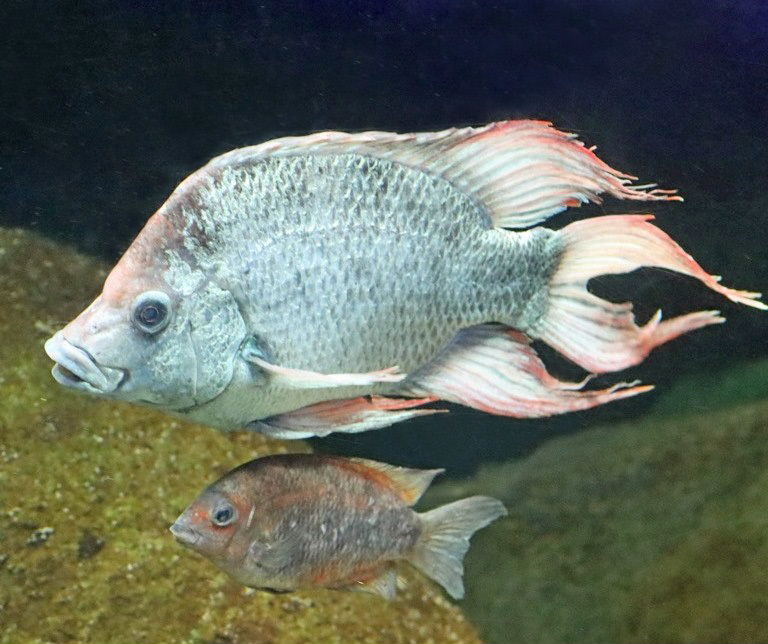 Mangarahara cichlid with Kotsvato
Mangarahara cichlid with Kotsvato
After extensive search a small further population of Mangarahara was located in a single pond in 2013 and
a small captive breeding project is underway, but there is no suitable habitat for reintroduction.
Other species in the same habitat are also thought to be near extinction.
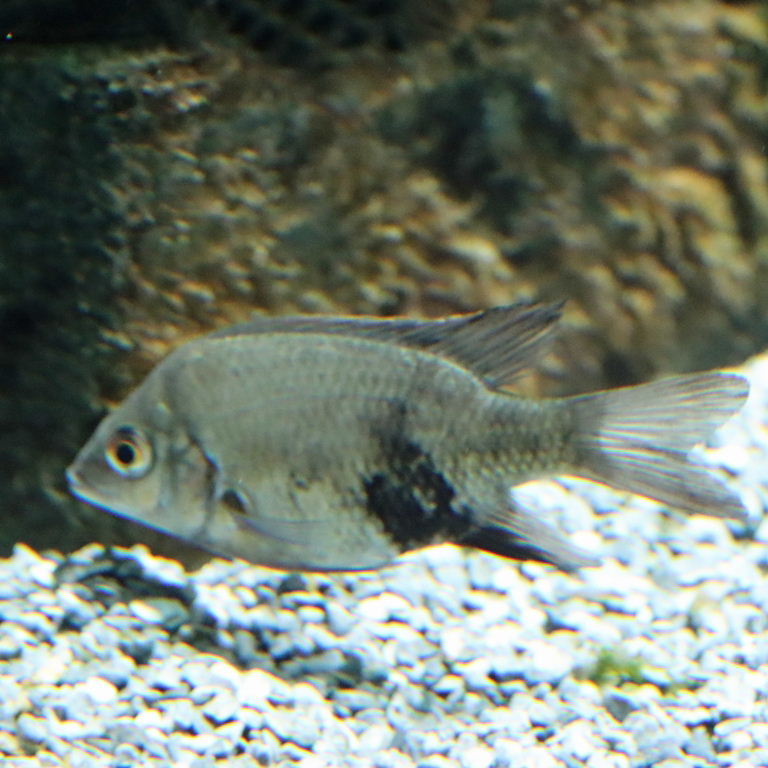
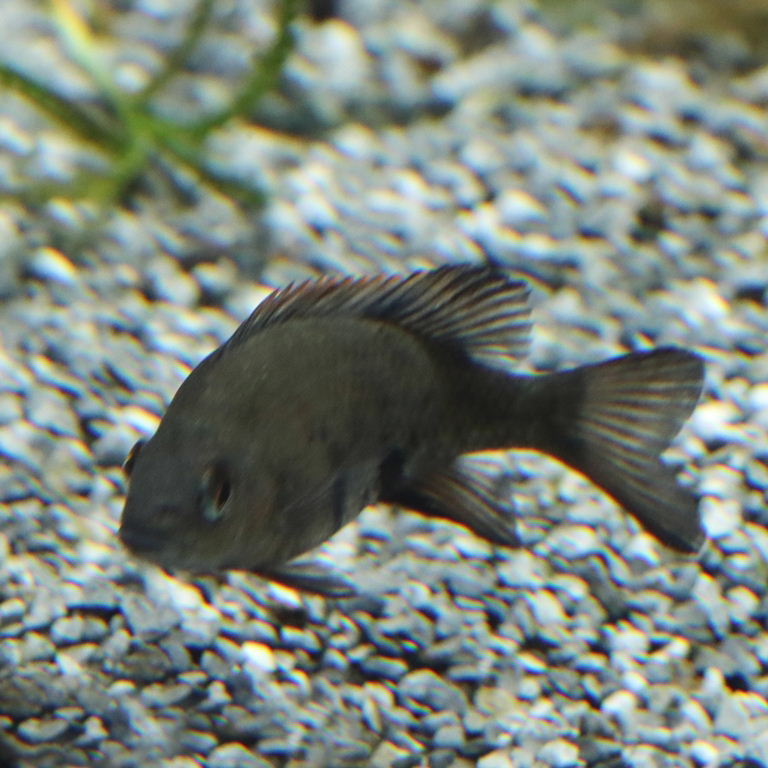
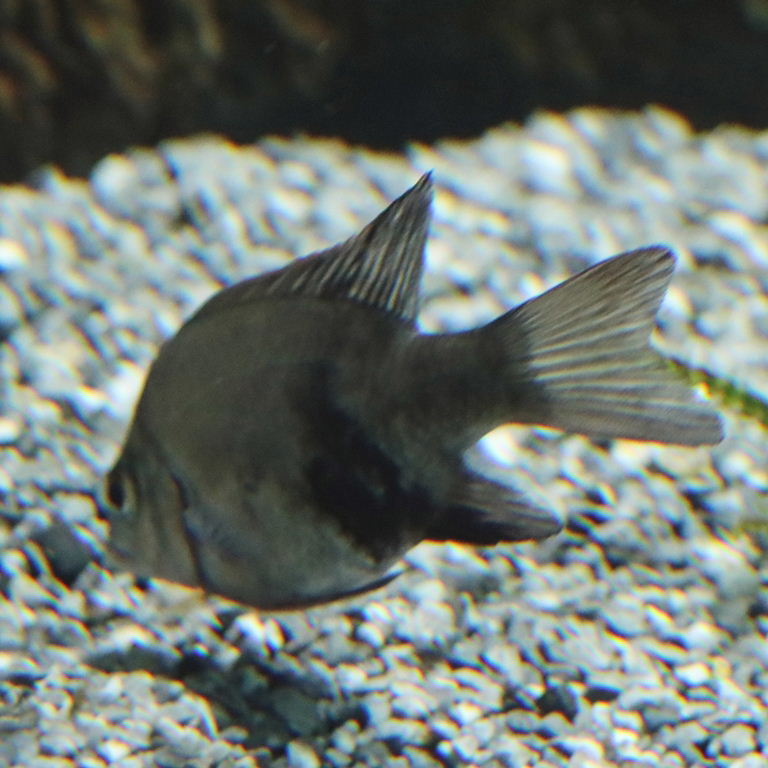
The Loiselle's Malagasy Cichlid Ptychochromis loisellei was also facing facing extinction
through industrial pollution of its limited habitat in the Mahanara River in far northeast Madagascar. Scientifically
described only in 2006 and growing to 20cm long, this fish is olive-grey until breeding season when it becomes golden yellow.
Conservationists and hobby aquarists are breeding the species outside Madagascar in the hope of ensuring its survival.
It is also called the Blotched Malagasy Cichlid to distinguish it from two other species which are also
called Loiselle's Cichlid: Paretroplus loisellei, scientifically described in 2011, also from the Mahanara River area,
growing to 15cm long and also critically endangered and Parachromis loisellei of Central America.


